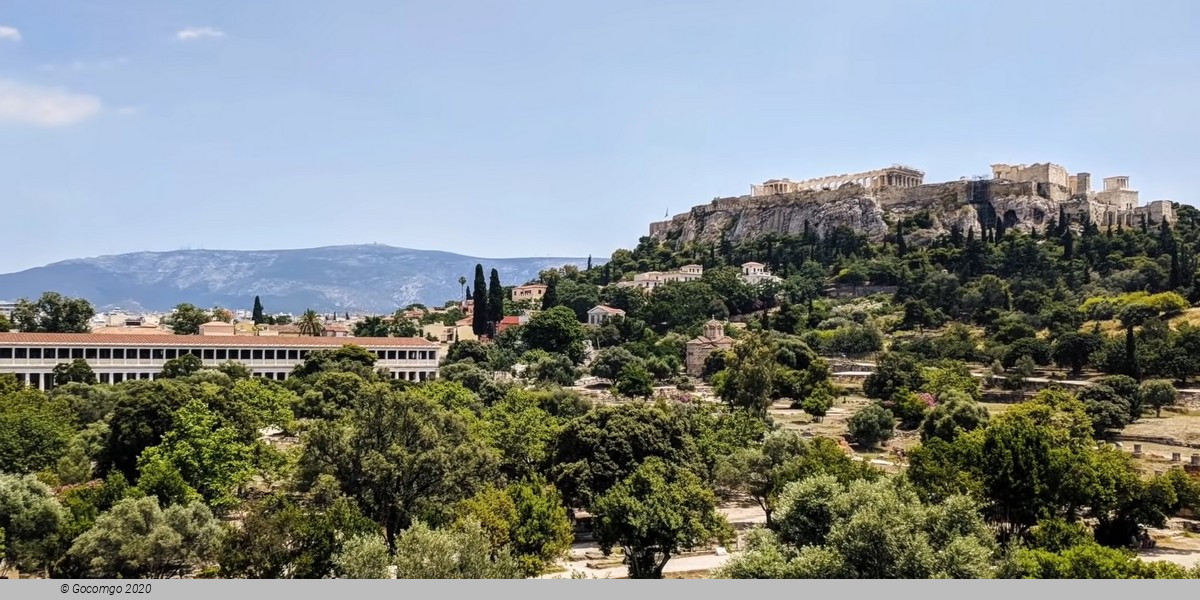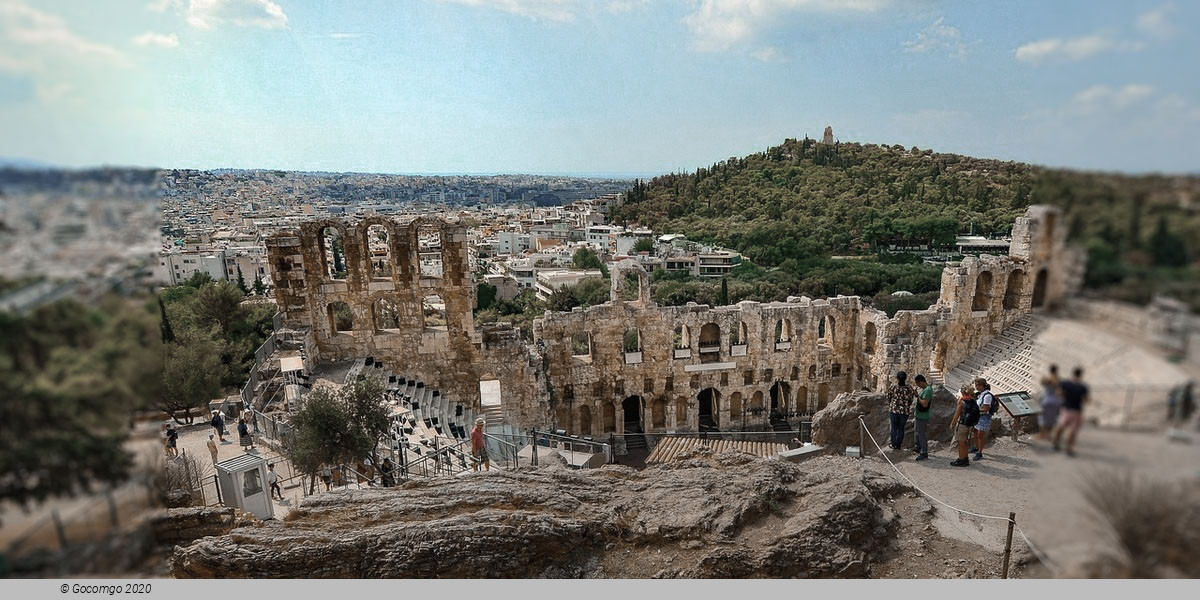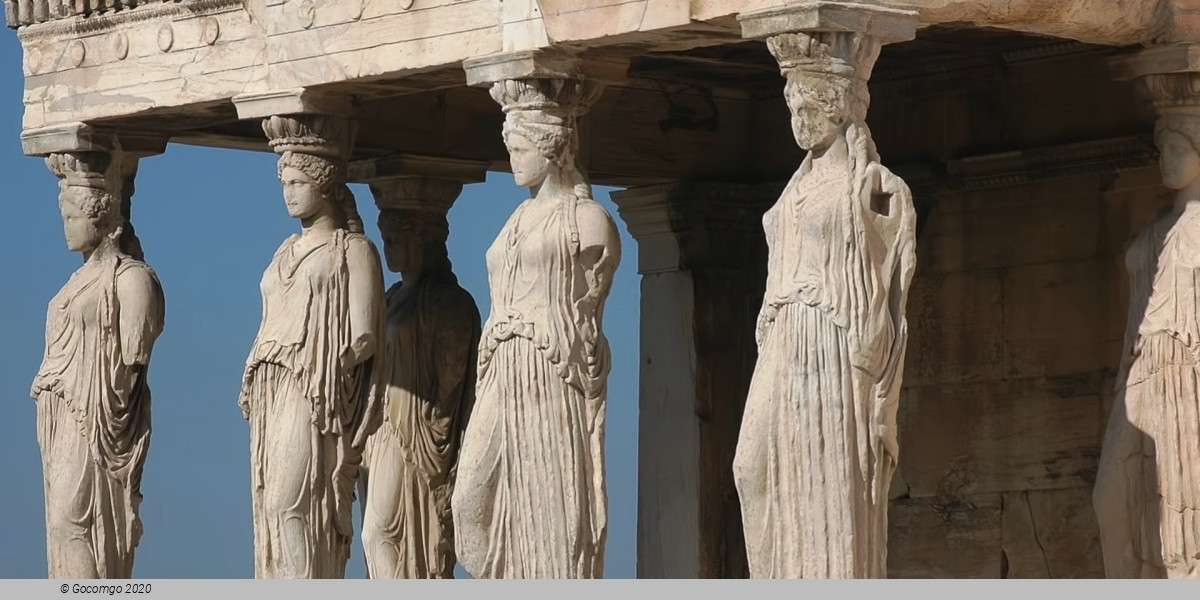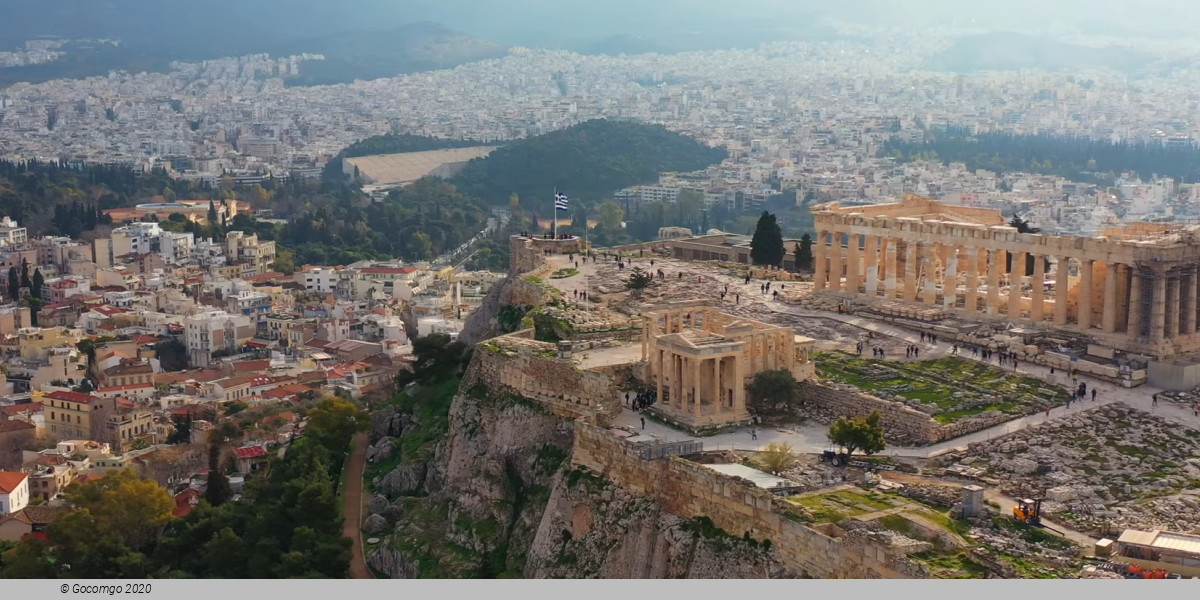Acropolis of Athens Tickets & Tours
Explore the ancient citadel of the city of Athens - Acropolis, with Skip-the-Line Entry Tickets
Tickets1 result

Experience the beauty of Ancient Greece with Skip-the-Line Entry Tickets.
- All-day ticket
- Available in: En, Greek
- Instant confirmation
- Skip The Line
Gallery




About
Home to the iconic Parthenon, dedicated to the Greek goddess Athena, Erechtheion, and Propylaea, this archaeological site is the cornerstone of the ancient Greek civilization. The elevated site also offers breathtaking views of the city below.Home to the iconic Parthenon, dedicated to the Greek goddess Athena, Erechtheion, and Propylaea, this archaeological site is the cornerstone of the ancient Greek civilization. The elevated site also offers breathtaking views of the city below.
Opening Times:
Summer season 1 April - 31 October
Monday | 09:00 - 17:00 |
Tuesday - Thursday | 09:00 - 20:00 |
Friday | 09:00 - 22:00 |
Saturday - Sunday | 09:00 - 20:00 |
Last admission 30 minutes before closing
Reduced and extended opening hours
24 and 31 December | 09.00 - 15.00 |
Orthodox Good Friday | 12.00 - 18:00 |
Orthodox Holy Saturday | 09.00 - 15.00 |
On the evenings of the August full moon, the European Night of Museums | 09.00 - 00.00 |
Highlights and Description
Due to its immense historical, cultural, and artistic significance, the Acropolis of Athens was designated a UNESCO World Heritage Site in 1987. Home to architectural masterpieces such as the Parthenon, it is a symbol of classical Greek civilization, considered the birthplace of democracy, and represents the central role played by Ancient Greece in world history.
Today, the Acropolis of Athens is a cultural and historical icon and one of the most popular tourist attractions in the city. Most temples and structures inside the Acropolis were built in and around the 5th century BCE. The Parthenon, the Temple of Athena Nike, and the Erechtheion are some major attractions within the Acropolis of Athens.
Acropolis Museum
The Acropolis Museum is a thematic museum, the collections of which include the findings of only one archaeological site, the Athenian Acropolis. Opened in the summer of 2009, it offers a comprehensive overview of the character and historical course of the Sacred Rock and its slopes.
The exhibition units of the Museum are displayed on four levels:
- On the ground floor are presented findings from the sanctuaries and settlement that developed on the slopes of the Acropolis through all historical periods.
- On the first floor, along a circular route, virtually the entire history of the summit of the Rock unfolds, from the 2nd millennium BC to the end of antiquity.
- On the third floor is arrayed the sculptural decoration of the Parthenon, the largest temple of the Acropolis.
- At the base of the building are the extensive ruins of the ancient Athenian neighbourhood brought to light by the archaeological excavation.
Acropolis Slopes
The Acropolis rock with its characteristic trapezoidal shape, dominates the city of Athens, at an altitude of 157 m. The uncovering and restitution of its monuments has been gradually accomplished, since 1834. The main visible monuments of the archaeological site were built during the Classical period, in the second half of the 5th c. B.C., in the framework of the Periclean building program. It is about the Propylaia, the monumental entrance of the classical Acropolis, the Parthenon, doric temple dedicated to goddess Athena and major achievement of the ancient Greek architecture, the Erechtheion, in whose interior space very ancient cults and memories of the city were hosted, and the ionic temple of Athena Nike on a prominent position to the south of Propylaia.
Cults devoted to fertility and vegetation performed in open-air sanctuaries and cavernous openings in the rock developed on the North Slope. Among the site's most important monuments are the Klepsydra spring, the three caves dedicated to the cults of Apollo, Zeus and Pan and the Sanctuary of Aphrodite and Eros. A monumental cave dedicated to the nymph Aglauros dominates the East Slope. From the archaic times on, the establishment of important sanctuaries and theatrical buildings on the south side [South Slope] of the Acropolis gave great religious, cultural and spiritual significance. Among the site's most important monuments are the Sanctuary of Asclepios, the Sanctuary and the Theatre of Dionysus Eleuthereus. In the 2nd century A.D., on the western edge of the area, Herodes Atticus built the magnificent Odeion in memory of his wife, Regilla.

